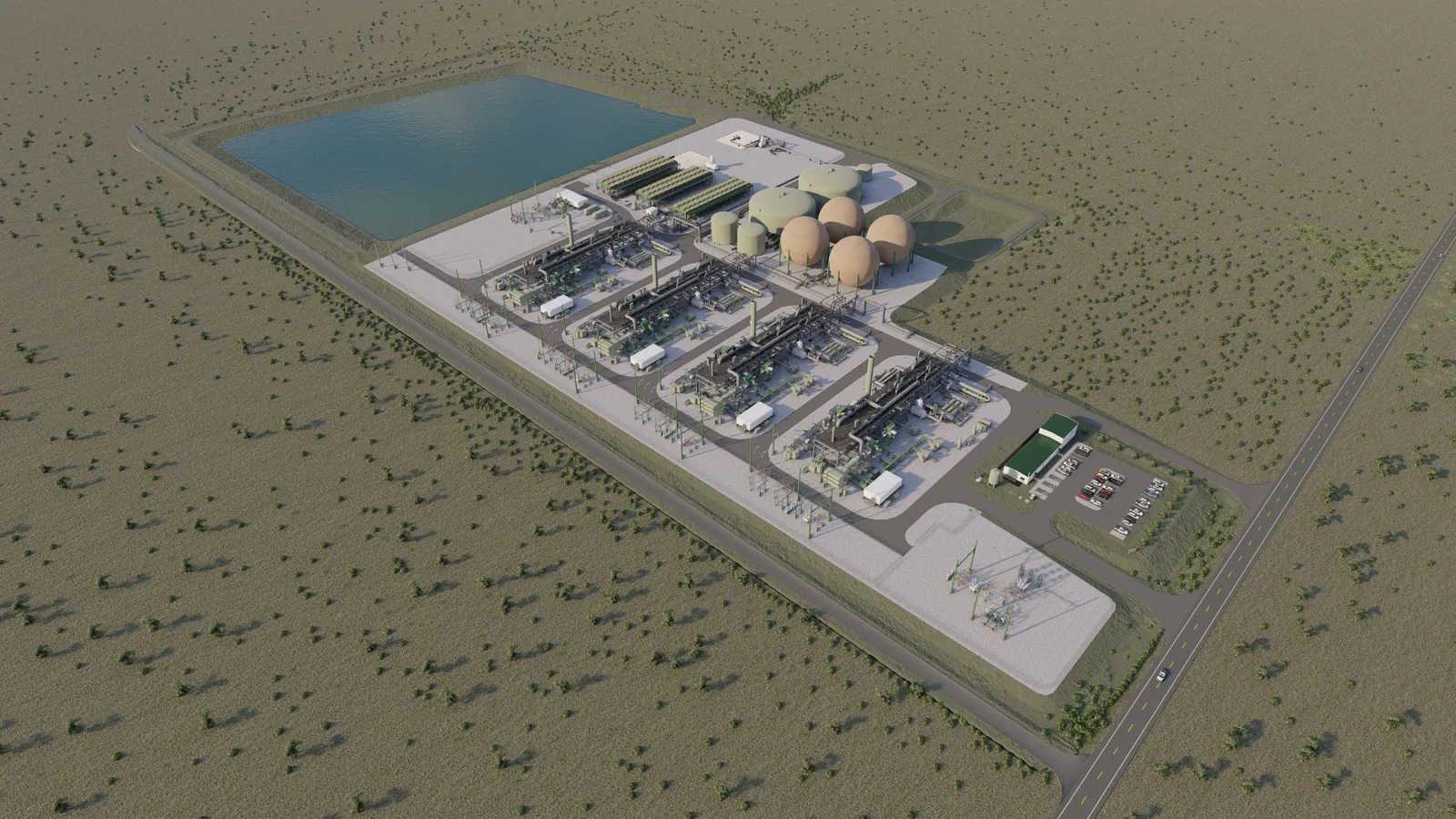Can the economy of the future survive on yesterday’s grid?

This February, a nationwide blackout in Chile affected over 90 percent of the population after a critical transmission line failed, causing economic activity to dip half of a percent that month. In April, more than 50 million people across Spain and Portugal were left without power, resulting in an estimated $450 million dollars lost in a mere 12 hours, according to the country’s largest domestic lender. Meanwhile, in the U.S., PJM and MISO have issued emergency alerts during seasonal peaks, citing low reserves and rising congestion driven by surging demand.
These are not isolated events. They are warnings. Grids around the world are operating under a level of strain they were never designed to handle. If we wait to modernize the grid to protect communities and economies, enhancing the reliability and resiliency of our power supply, it will already be too late.
Electricity systems in many countries were designed for a world of predictable, one-way power flows from centralized resources and steady demand. The problem is that world no longer exists.
Electrification of buildings and transportation, rising volatility of weather events, and the explosive growth of power-hungry technologies like AI and data centers are reshaping how energy is consumed, while also changing the face of the global economy. Simultaneously, the rapid increase of distributed renewables is changing how energy gets used.
But the grid hasn’t kept up with these changes, particularly in the U.S. Planning and permitting processes stretch on for years, tying projects of all kinds to unachievable timeframes, while grid congestion continues to rise.
Outages are becoming more frequent and more costly, not just for utilities but for the economy, jeopardizing plans for a manufacturing renaissance and the growth of nascent industries. Utilities and regulators are being asked to decarbonize and guarantee continuous reliability, using infrastructure not built for either.
The result? Economic growth in jeopardy, held back by grid infrastructure that wasn’t built for the demands of today, let alone tomorrow. To keep pace, the grid must evolve from a rigid delivery system into a dynamic platform, one that can balance intermittency, rising demand, and resilience at scale. That evolution demands new tools.
A system increasingly powered by a mix of traditional generation and renewables cannot ensure continuous reliability without technologies like long-duration energy storage (LDES). Yet for too long, LDES has been treated as a future need, not the present-day imperative it truly is.
The time has arrived, and Hydrostor’s Advanced Compressed Air Energy Storage (A-CAES) technology is purpose-built to meet these grid challenges.

Offering a utility-scale solution to a utility-scale problem, A-CAES delivers up to 500 MW of capacity for 8 to 24 hours, ensuring firm, dispatchable power through peak demand, intermittent generation, and emergency conditions.
Built for durability and backed by proven commercial financing, A-CAES has a 50+ year lifespan with zero performance degradation. A typical 500 MW facility only requires 100 acres, enabling flexible siting near existing interconnection points. This energy density makes A-CAES a highly scalable component of modern grid infrastructure.
Hydrostor’s technology has already been embraced by utilities and grid operators in markets where reliability is king. In Australia, the 200 MW Silver City Energy Storage Centre project is being developed as the backbone of a local micro-grid, to replace a 30-mile radial transmission line that often goes down, and is currently backed up by aging diesel generators. In California, the Willow Rock Energy Storage Center project will provide up to 500 MW of LDES capacity for the CAISO grid racing to decarbonize without sacrificing reliability.
These are not pilot projects. They are proven, bankable, market-driven solutions aligned with real grid needs. Both projects will create thousands of local jobs and generate hundreds of millions in local investment.
Grid reliability is not a problem to keep on the back-burner, it’s a challenge to address now. LDES is not a luxury, it is an essential building block of the modern, decarbonized grid, and of the economy of tomorrow. The question is not whether we can build a reliable clean energy system, but whether we can do it quickly enough to prevent more blackouts and lost economic opportunity.
Hydrostor stands ready to help solve this challenge. With A-CAES, we offer a proven, scalable solution that supports the grid through the full energy transformation and the economy through its coming phases of growth, bridging the gap between intermittency and reliability.
Hydrostor is committed to delivering the long-duration energy storage solutions that can help make this future real. Learn more about our company here: https://hydrostor.ca/
utilitydive





